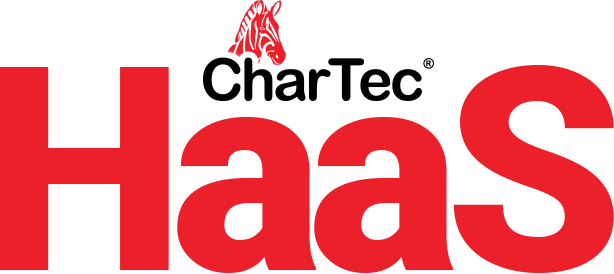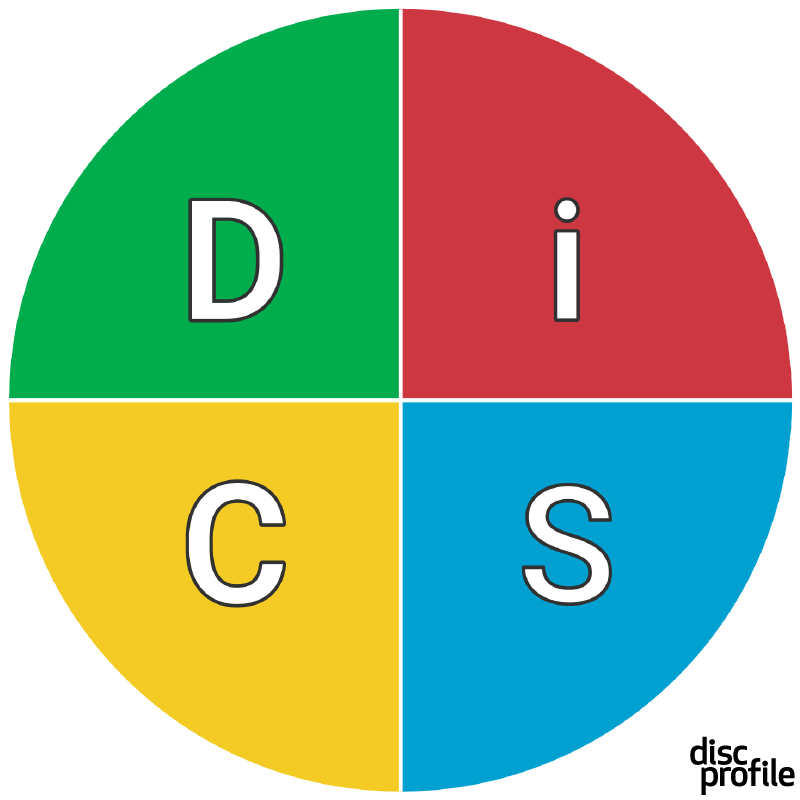Voice Over Internet Protocol phone systems, or VoIP for short, is a very hot topic in the MSP industry right now. Not only is VoIP technology better than it has ever been, but it is something new that we can offer our clients. Instead of just managing our clients’ in-office phone systems and cellular contracts, we can now install and manage their entire phone system along with everything else. This is going to add a lot of value to our bundled offerings.
Is VoIP New Technology?
What is VoIP and where did it come from? A lot of people assume that Voice Over Internet Protocol phone systems are brand-new technology. Actually, the roots of VoIP go back to the very early days of modern communication: the 1800’s. Let’s take a look at the history of communication and find out how we got to where we’re at today.
Since humans grew as groups from tribes, to villages, to city dwellers, communication has always been important. People needed to know if the weather was turning bad, or if a neighboring army was approaching. As technology grew, the speed of communicating was at the forefront. When couriers and the Pony Express became too slow, the telegraph was invented. Using a series of electronic dots and dashes, this system worked well enough, but it has its drawbacks. One shortcoming was that only one message could be sent at a time between two points.
In 1876 Alexander Graham Bell, who had studied harmonics, invented a device that could transmit and received sound. He called it the telephone. That one invention unleashed a technological boom that continues to this day. From trans-Atlantic cables to satellites, and finally, to the cloud, there is a clear path from those early pioneers to today’s commonplace technology. And it’s not that much of a leap to understand that the dots and dashes of the telegraph are the great-grandparents of VoIP’s data packets consisting of ones and zeros. As you can see, VoIP is not a new technology, it’s an adapted technology.
VoIP vs. Landlines
With standard phone technology, all your phones are connected to the PBX or Private Branch Exchange which is mounted somewhere in your building. The PBX works by switching your internal calls, allowing employees to call each other using a dedicated shortened number, usually three or four digits long. To make an outside call, you would usually dial “9” to get a dial tone. When you dial “9”, the PBX sends your call through the Central Office Lines to an outside PSTN, or Publicly Switched Telephone Network. Then you’d just dial the number you wanted to call and you’re done.
The VoIP system is similar but utilizes the internet to connect to the world, and not a giant phone company’s web of interconnected cables.
With the VoIP system, the phone and PC can be daisy-chained together, thus allowing you to run only one network cable to each workstation. There is no need for a separate phone line. Using one network line for both phone and internet is no problem as the switch understands the difference between Voice Data Packages and Information Data Packages.
In the early days of VoIP, a Router would still send the data to a PSTN, so the back half of the calls were still supported by a hard-wired, analog phone system. This set-up worked, but the quality was low and the cost savings weren’t what the public was hoping for.
Fast-forward to today, and VoIP systems have never been better. Thanks to Cloud Technology, calls can be made through the internet seamlessly. And many of the old audio quality issues are gone thanks to faster internet speed, better routers and switches, and unlimited storage space.
Cloud-based phone systems are proven to be reliable and secure.
What are the Benefits of VoIP?
There are many features that can help small businesses, such as customizable call forwarding options, customizable greetings, automatic call transfer, voicemail transcription to email, apps to use VoIP through your PC or cellphone, and an updatable customer contact book. There are also Instant Messaging and Video Chat functions. Everyone gets a dedicated office phone with their personal VoIP phone number, and VoIP to VoIP calls are virtually free. Also, if the customer desires, there is even an automatic call recording function.
With state-of-the-art analytics, you can track the usage of your client’s staff and calculate usage patterns which can save them money. And saving money is what will get your client’s attention. But jump on this now if you’re not already offering it, because when 5G hits us everyone will want VoIP. And if you aren’t offering it your competition will be.
There are so many options VoIP has to offer that we left many of them out, so we recommend that you do some research on your own to learn more. We recommend Broadvoice, both as a resource and a provider. We use Broadvoice for our VoIP installations and, not only are they easy to install, but our clients are getting great results with the equipment and services. We are having such fantastic results that we wish this technology had been around a lot sooner. But, as you’ve read above, the technology was around; we just had to wait for it to adapt to our current needs.
If you have any questions about using or offering a VoIP system, feel free to contact us at: membership@CharTec.net





